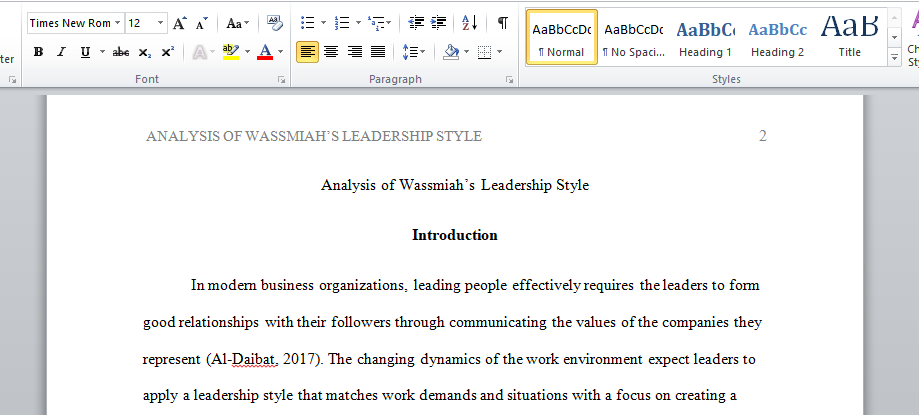What are the implications for employee motivation?
Wassmiah is a leader in a local hospital and works well in the environment. The hospital’s environment is characterized by well-defined individual roles where each employee knows what is expected of him or her. Employee conflicts are minimized as everyone understands his or her responsibility, and the coordination of all activities leads to goal attainment. There is no duplication of work. Wassmiah encourages people to perform well and rewards positive behavior to boost productivity. Most goals Wassmiah sets are short-term, making them easier to fulfill, less intimidating to achieve, and as a result, employees are interested in obtaining the various rewards. When a problem arises, Wassmiah directs the employees in what to do and is quick to point out if the employee does not deliver results. However, Wassmiah suspects that employees are not working when there is no supervision.
What style of leadership is most likely described in this case and why have you reached that conclusion? What are the advantages of this type of leadership and what examples from the case support your position? What are the disadvantages of this type of leadership and what examples from the case support your position? What are the implications for employee motivation with this type of leadership? What other styles of leadership might be complementary to that described in the case and why?
Answer preview:

Words:1,367
